Conventional type of concrete designed to achieve the requirements under normal conditions,usually ranging from 10 to 50 MPa.
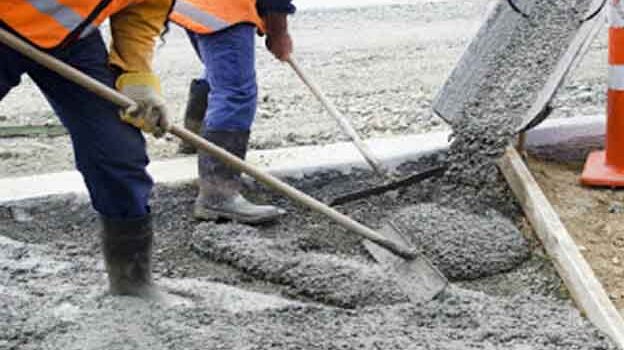
Standard Concrete

Shotcrete
A concrete or mortar that is pneumatically projected at high velocity from a nozzle into place to produce a dense homogenous mass. Normally incorporates admixtures and may include additions and/or fibers.
Fields of application: Secant pile wall fencing, diaphragm wall, shell roofs and domes, Tunnel lining, strengthening and repair, protective coatings such as rock stabilization.
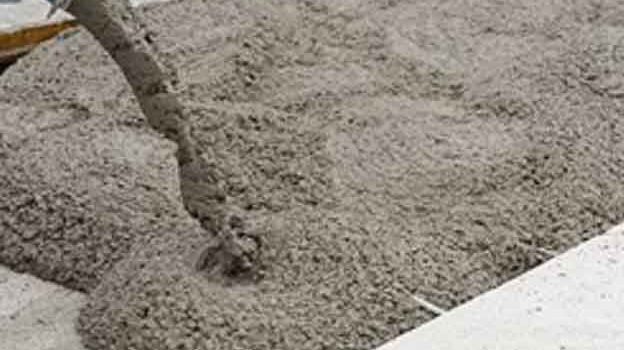
High Performance Concrete
Concrete designed with higher cement content and lower water cement ratio
compared to standard concrete. Compressive strength normally ranges from 60 MPa to100MPa with
an occasional 120 MPa. High performance concrete is not all about strength, there are other desirable
properties; an adequate rheology – primarily workability – at the time of placement,
high modulus of elasticity, low permeability and resistance
to some forms of attack. As such, a broadened range of cementitious materials
and variety of admixtures is used to enhance these properties.
Fields of application: high rise buildings, bridges and in structures under sever exposure condition.
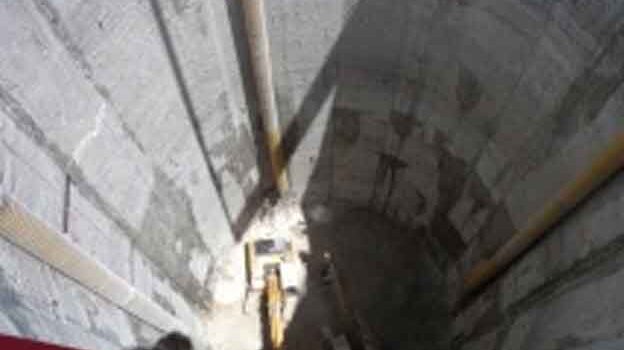
Durable Concrete
A series of concrete mixtures designed for concrete structures to perform their intended functions while maintaining the required strength and serviceability during the specified or traditionally expected service life under various conditions of exposure.
Fields of applications: bridges, tunnels, power and desalination plants.
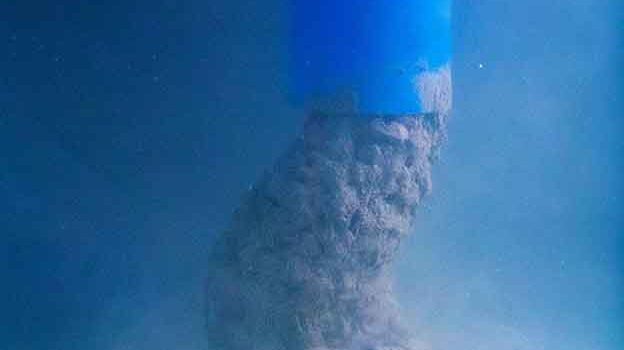
Underwater Concrete
Concrete that specially designed to be placed underwater with the ability to resist cement washout. The basic requirements that concrete maintains its cohesiveness and not prone to segregation with sufficient workability to be self leveling and self compacting. Nondispersible concrete using anti-washout admixture can be formulated for use in free-flow or turbulent underwater conditions.
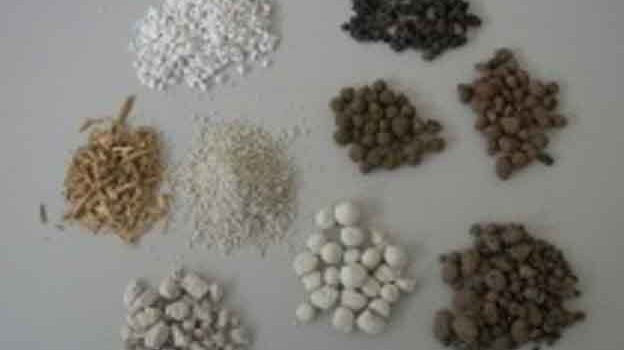
Light Weight Concrete
A specialized series of concrete designed to have a lower density compare to normal concrete. The oven-dry density will vary from 600 Kg/m3 to 2000 kg/m3 with corresponding cube strength from approximately 1 to over 60 MPa depending on the application and structure.
Fields of application: The use of lightweight concrete can vary from its incorporation into structures for the enhancement of thermal insulation to its use as a primarily structural material.
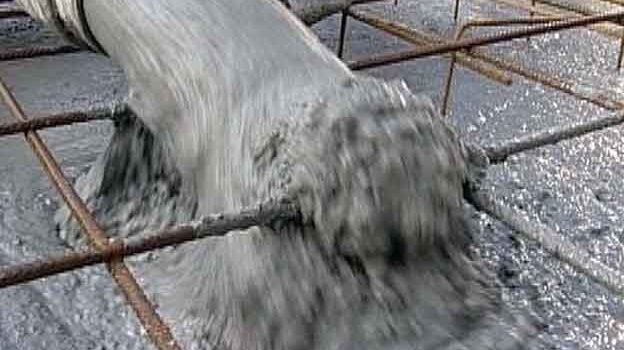
Self Compacting Concrete
A concrete that is able to flow under its own weight and completely fill the formwork, while maintain homogeneity even in the presence of congested reinforcement, and then consolidate without the need for vibrating compaction. The use of SCC improves quality of concrete, construction process and offers benefits to key areas such as energy and health and safety.
SCC Benefits:
-Solve problems with placing concrete on site such as in areas of congested reinforcement, complex formwork or poor access.
– Improved surface finishes.
– Safer workplace environment.
– Increased productivity.
Fields of application: in-situ concrete such as in congested reinforcement, retaining walls, bridge pier replacement and column encasement; precast concrete products; Tunnel lining; walls and columns with textured architectural finish etc.

